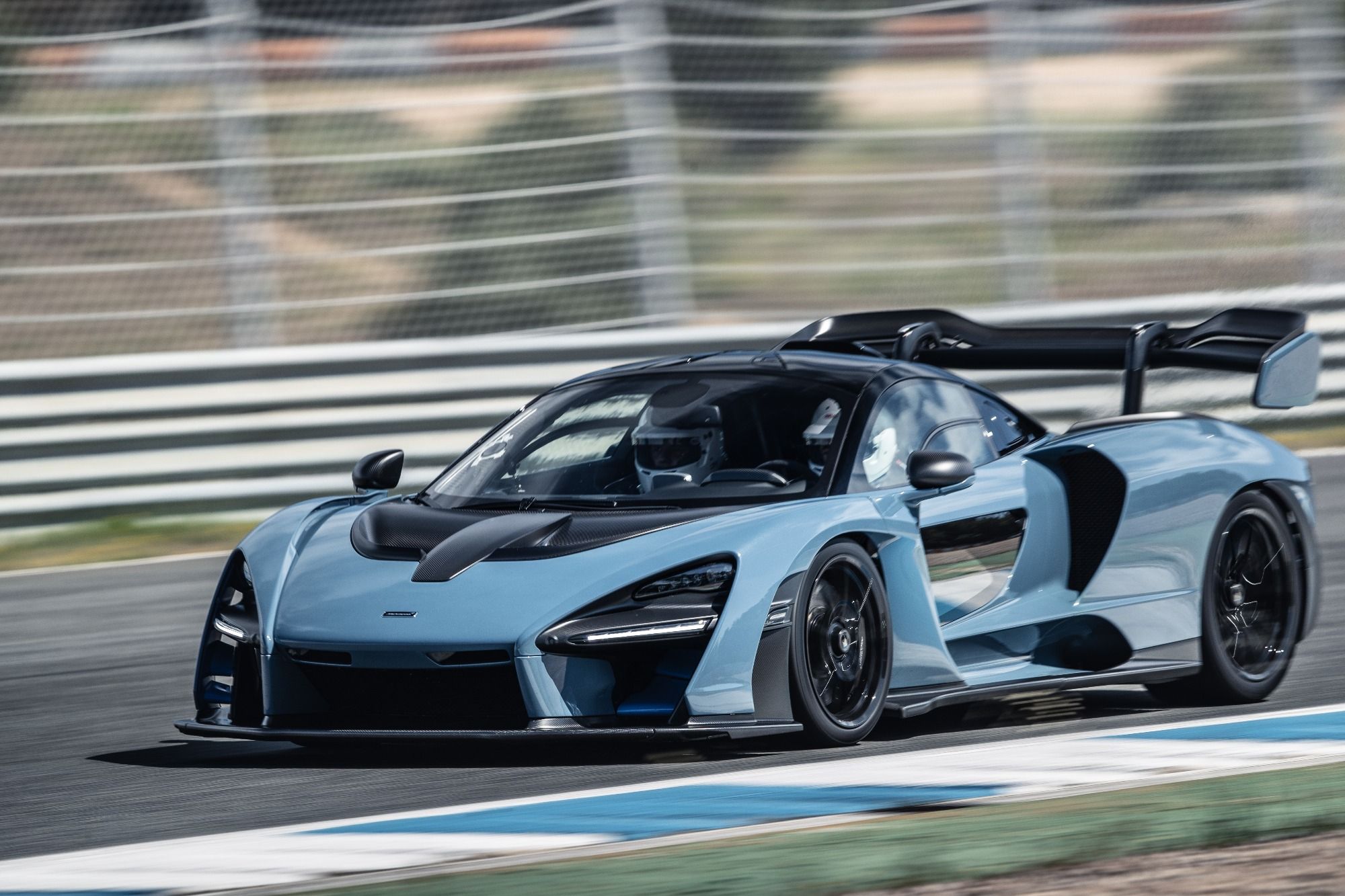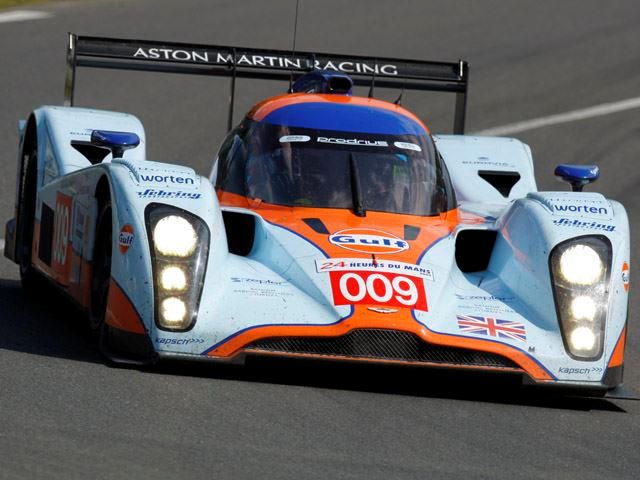
If racing liveries usually look like nothing more than sponsors' logos plastered on a racing car, that's because that's basically what they are. But there are certain color schemes that have not only recurred on numerous racing cars, but have acquired cult status all on their own, regardless of what car they're adorning. These five have elevated themselves over and above the usual sponsor logos. In fact, even without the logos themselves, you'd still likely recognize them – and remember what company came up with it in the first place.
Arguably the most iconic of all racing liveries is that of Gulf Oil. Similar to the STP livery you'd associate with Richard Petty's stock cars (which would probably deserve a place of its own if not for the similarity, and the lack of space on this list), the Gulf livery has taken perhaps two of the least thrilling colors – baby blue and orange – and made them cooler than red or black. The color scheme was made popular on such cars as the Ford GT40, Porsche 917 and McLaren F1 GTR - all of which dominated at Le Mans in their day - but we've seen it pop up on everything from racing-spec Aston Martins to Morgan Three-Wheelers.
Almost as well-recognized and even sleeker than the Gulf livery is that of Martini Racing. Typically applied over a white backdrop, the dark blue, light blue and red stripes of the vermouth label have adorned Porsche sportscars, Lancia rally cars and much, much more. The color scheme is similar to that of BMW's M division, but where the Bavarian automaker applies them in block stripes, Martini's are much more dynamic, dipping and curving with the bodywork of some of the most breathtaking and earth-shattering racing cars ever to turn a wheel in anger. And since the livery promotes a liqour brand and not tobacco, it's still in use today.
The next spot on our list goes to John Player Special, whose iconic gold stripes over black go to show that even without sponsor logos, the livery can still endure. Champions like Mario Andretti, Graham Hill, Emerson Fittipaldi, Jacky Ickx, Nigel Mansel and Ayrton Senna all claimed checkered flags in JPS-liveried Lotus F1 cars, much as Kimi Raikkonen does today. The livery was so iconic that Lotus recently brought it back for a whole array of race cars competing in all manner of racing series. In a post-tobacco-sponsorship era, the letters JPS are absent from the cars, but the undeniable coolness of the color scheme endures.
Though not as sexy as some of its competition, the blue and white with gold and red stripes that make up the Rothmans livery has appeared on all manner of championship-winning cars. It adorned the Porsche 956 that dominated Le Mans in the 1980s, the 959 that won at Dakar, the Williams F1 cars that Damon Hill and Jacques Villeneuve drove to their world championships – and the one in which Ayrton Senna died. Rothmans chose to promote its Winfield brand with Williams in the late 90s, then the company was bought by British American Tobacco, which had other priorities when it started its own team with Honda.
Just as instantly recognizable than Rothmans and JPS is the Marlboro livery. The color scheme was simplicity itself: a white car with red diagonal stripes. McLaren famously ran the Marlboro livery for years in F1, and Penske did the same in Indy. Between the two of them, Marlboro probably acquired more wins and titles than any other sponsor. These days Marlboro continues sponsoring Ferrari and Ducati (despite laws against tobacco advertising that prevents them from actually displaying the company's name or logo) with bar-codes on red paint schemes, while Penske still runs the colors even without Marlboro's involvement.

